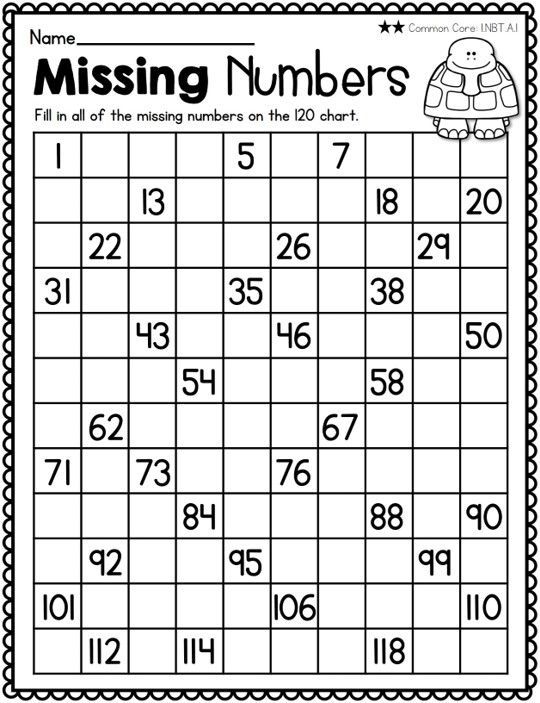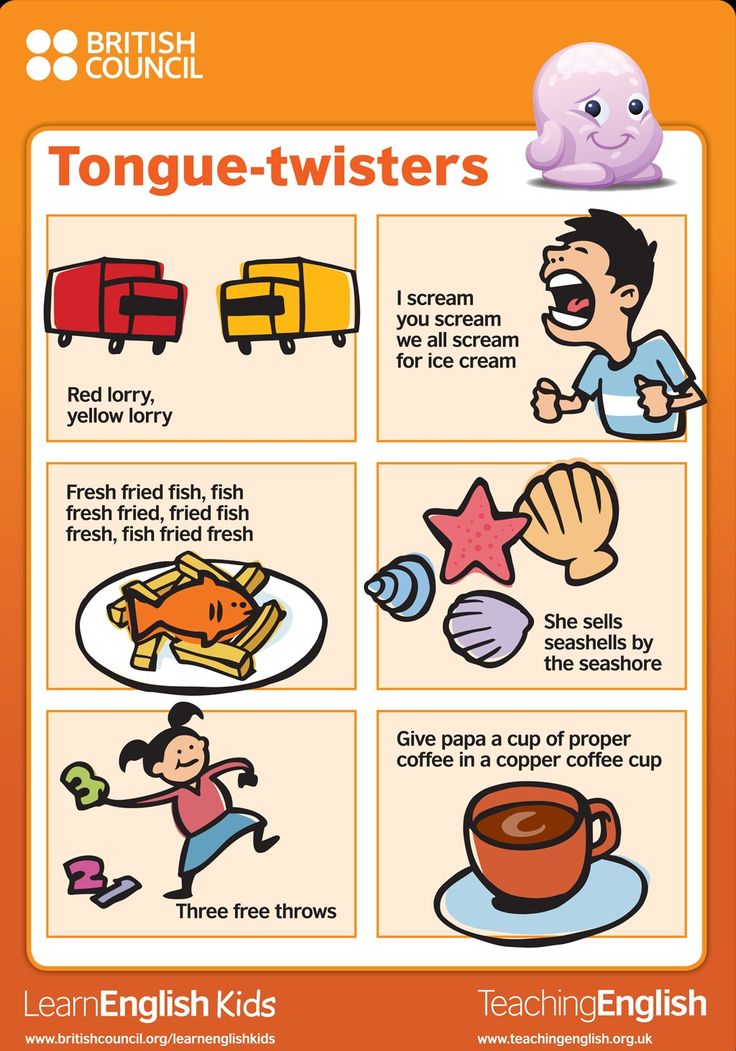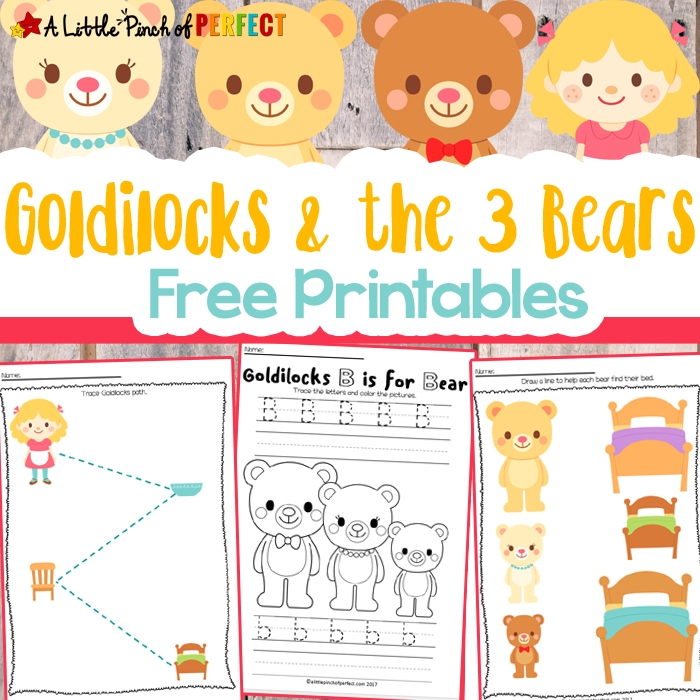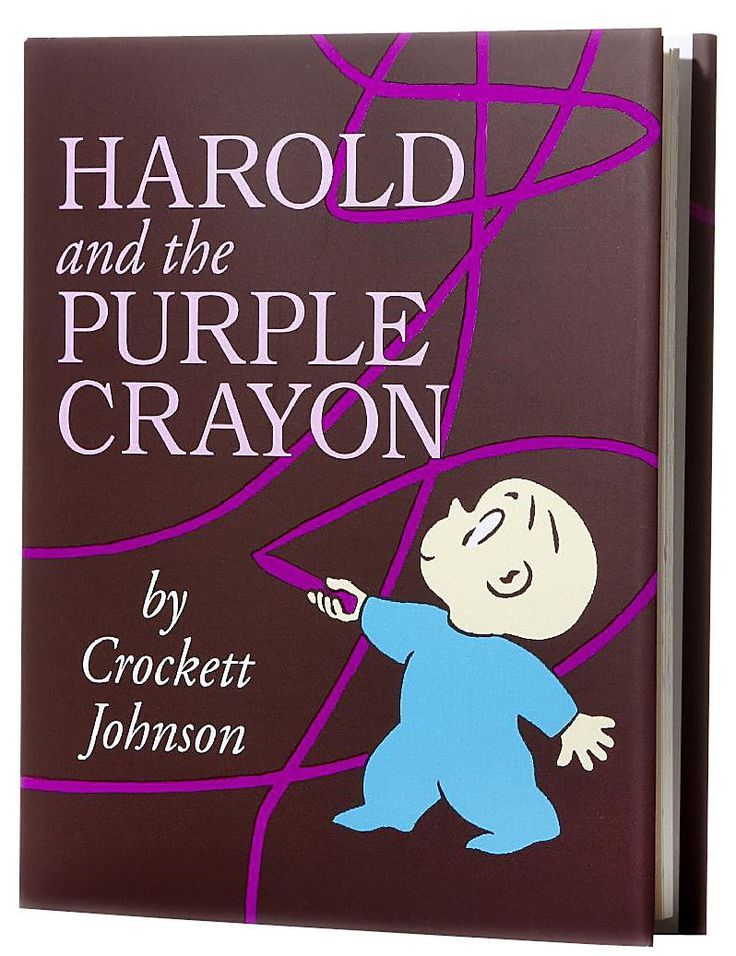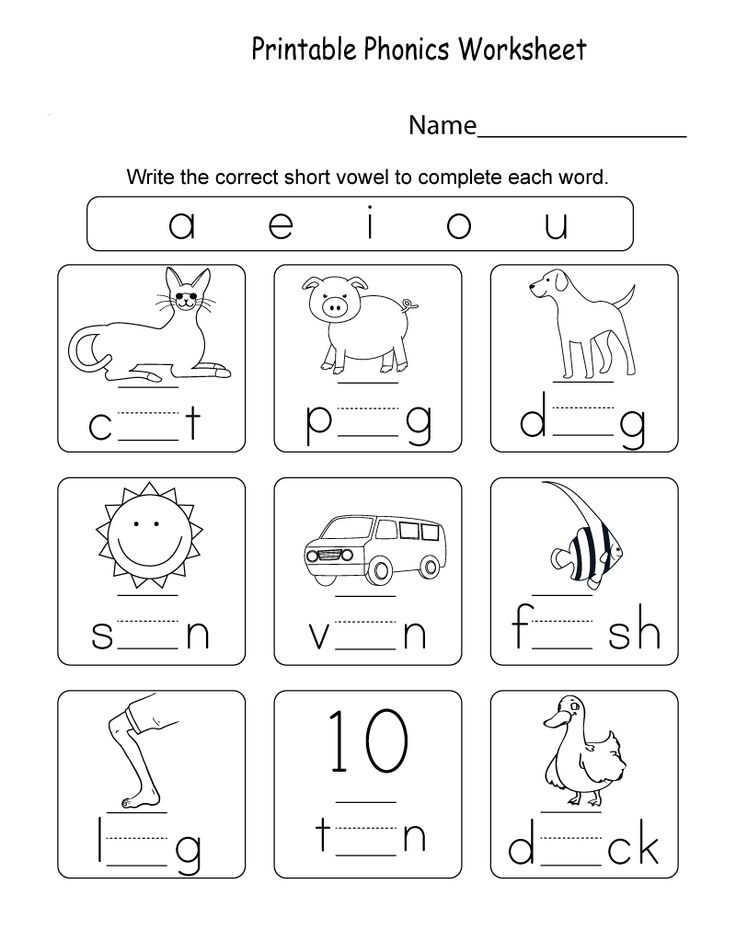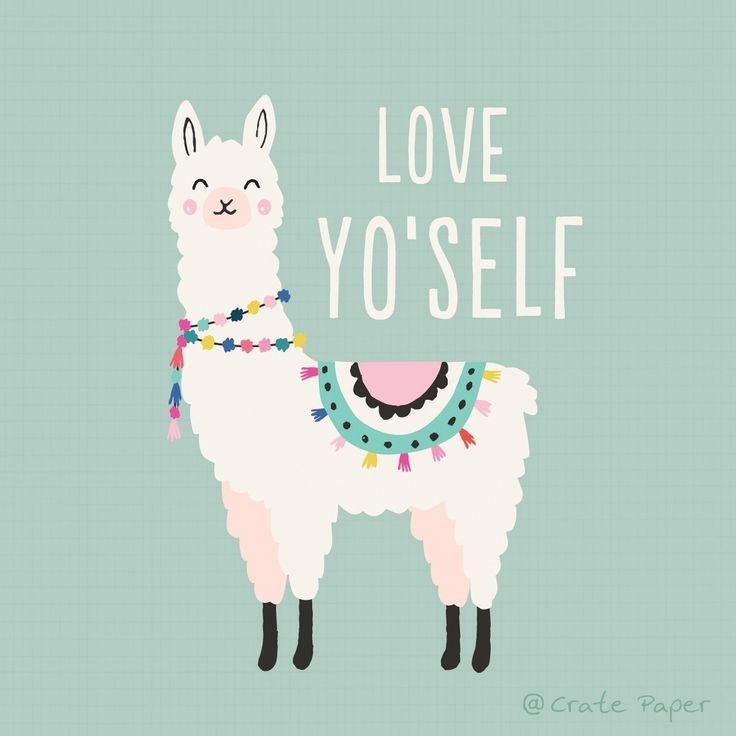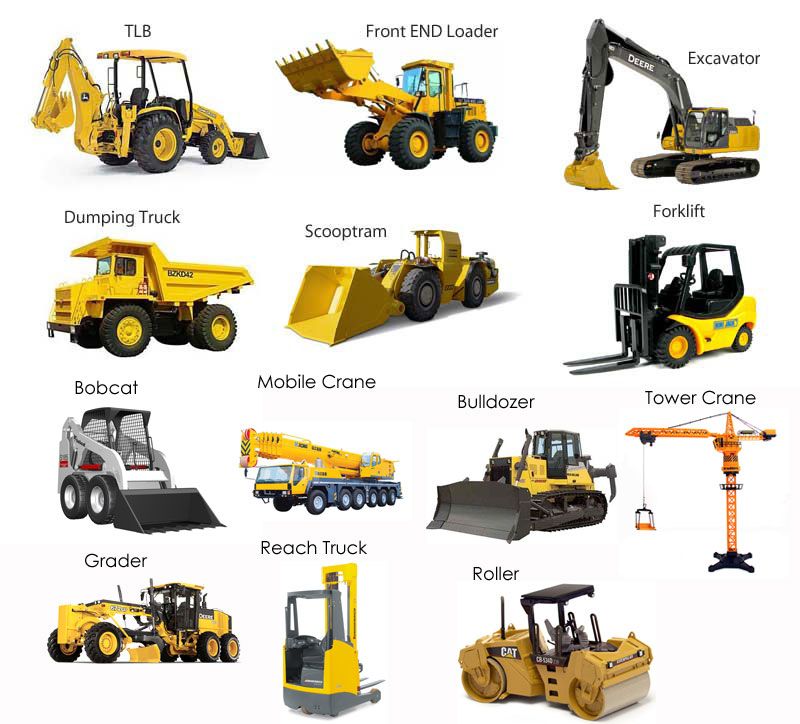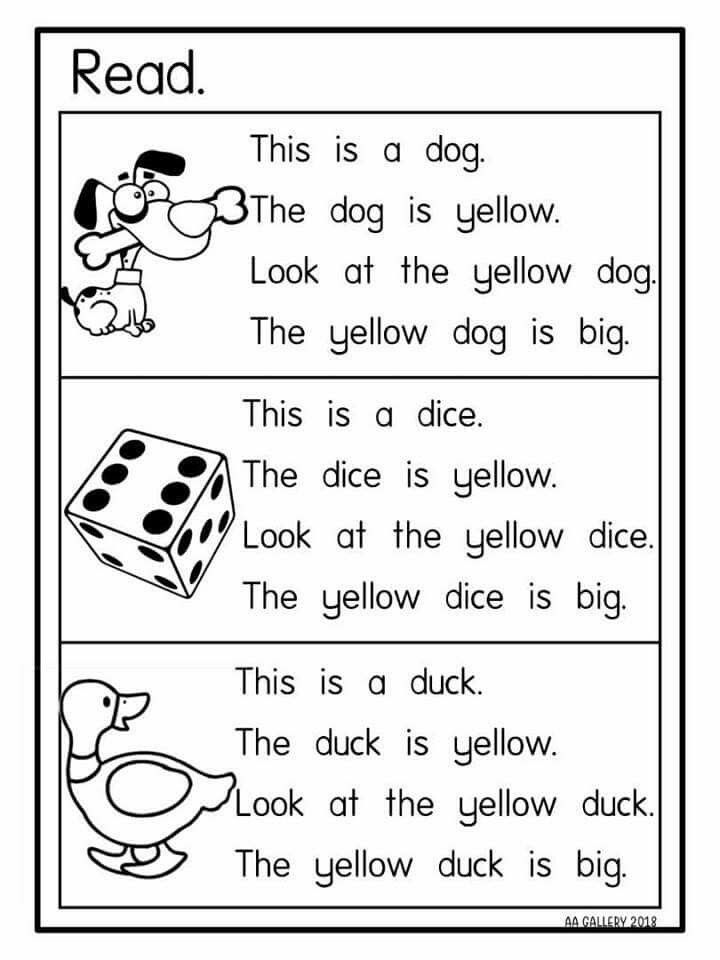First grade number
Building Number Sense in First Grade
Building number sense in first grade can seem daunting but with the right number sense activities and lessons, it can be a lot of fun! In this post, I hope to share with you a lot of engaging number sense ideas that will help your students continue to build their number sense all year long, no matter where they are at when they come to you from kindergarten.
This is a LONG post but I promise there are a TON of great number sense ideas in here - keep reading!
I've broken it into sections to make it a little easier to navigate: The Hundreds Chart, Representing Numbers in Different Ways, Counting, Counting Forward Starting At Any Number, and Ten Frames
The Hundreds Chart
My first piece of advice is to make sure your students are exposed to a 1-120 chart every single day! Use it A TON. Every day. The more they see it, the better.
My first tip. ..
Use the number chart as a classroom management tool!
Make a poster-sized number chart and hang it on the wall. Print out my number cards (1-120) and put them in a bucket. When students are being good (or if they meet a goal you set for them), pick a student to go pick a number out of the bucket. They bring you the number and you color it in on the number chart. Be sure to use a light colored colored pencil or crayon so they can still see the number easily. When they get an entire row or column colored in, they get a SECRET PRIZE. Dun dun duuuunn! You can bet EVERY kid is watching that chart when it happens, looking at the numbers, and trying to figure out which ones they still need, especially as it gets more and more filled up!
Announce the number excitedly. "55! Can someone come show me where 55 is?" and then color it in. "What numbers could we use with 55 to make a line?" and then you'll have students counting by 10s unknowingly (5, 15, 25, 35, 45, 65, 75, etc.) and by 1s (50, 51, 52, etc.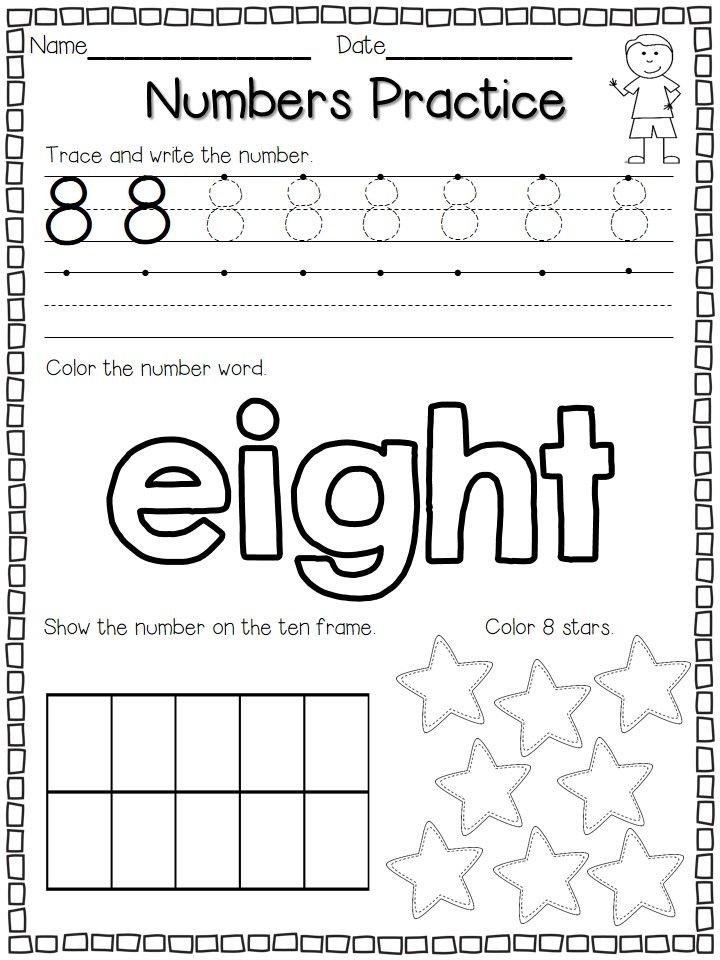 ) and there are a lot of other great questions you can ask here and there. Or you can just color in the number and they'll still be engaged. It's a great classroom management tool that helps with behavior AND number sense. Win win!
) and there are a lot of other great questions you can ask here and there. Or you can just color in the number and they'll still be engaged. It's a great classroom management tool that helps with behavior AND number sense. Win win!
The beauty is that it will take a LONG time to fill up the chart before you get a full line so you can use it as a behavior management tool for awhile. After you get a full line, think of something fun to do as the secret prize like an extra recess with popsicles or whatever you want to give them! AND THEN... tell them they get another secret prize when they fill up the entire chart!
Have fun math stations that use the 120 Chart!
One of my favorite 120 chart centers (and I have a lot) is Who Am I? because it is fun, mysterious, and great for both number recognition and working with the hundreds chart.
I have this in a bunch of fun themes like ocean animals, farm animals, bugs, zoo animals, etc.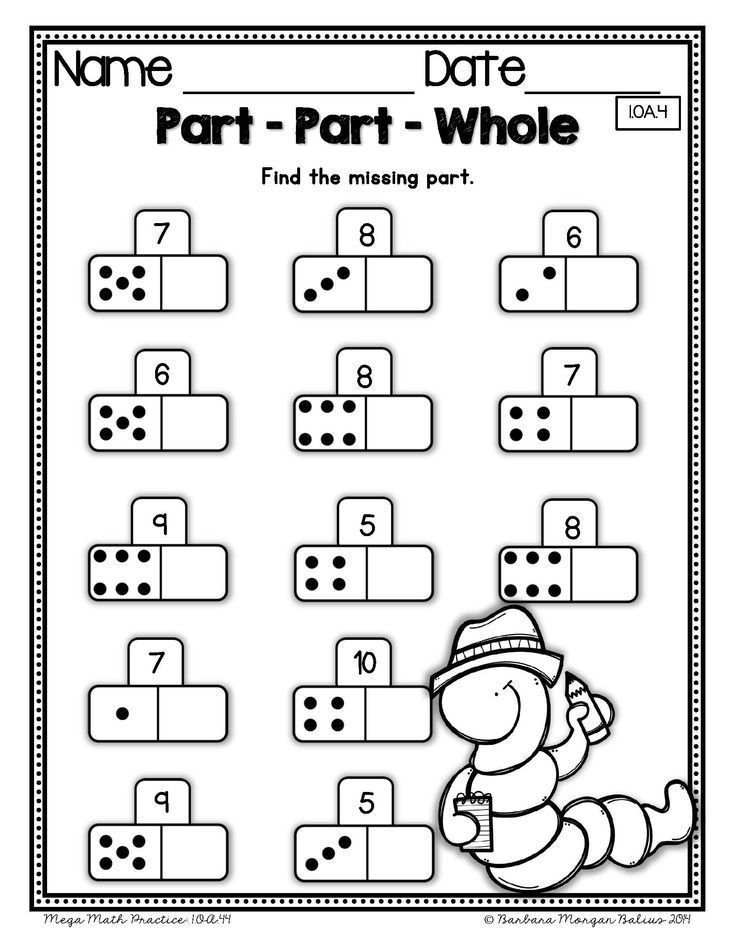
Just tell your kids that the animals have taken over the hundreds chart and you need them to help you figure out which number the animal stole... so they look at where the animal is, figure out what number it is, and write it next to that animal on their recording sheet! Easy but great practice!
Another 120 chart activity I love is Race to Fill. All you need for this center is empty 120 charts. Have students work in partners to race to fill up the 120 chart. THIS IS THE BEST GAME EVER. They think it's a super fun race... really, they're just filling in a 120 chart. They sit next to their partner and share a blank 120 chart. When you say GO, the first partner writes in 1 and hands it quickly to their partner who writes 2 and gets it back to write 3 and hands it to their partner who writes 4... all the way to 120! They will be rushing to write and hand it back and forth - it's just a blast!
In the beginning of the year and/or to teach the game (or for your lower kids), you can use my blank 1-20 chart so it's not too overwhelming.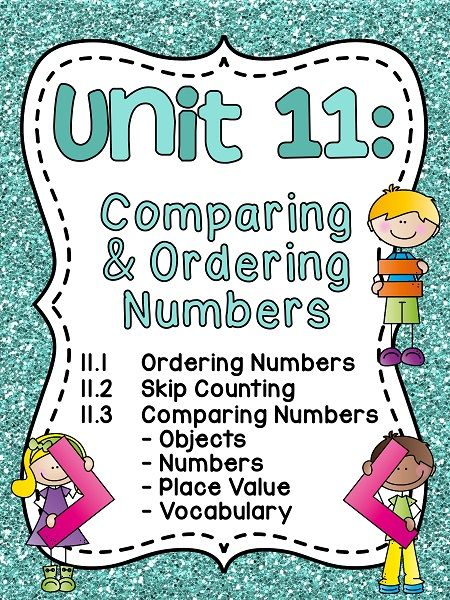 Then you can move up to the 1-50 charts and eventually the 1-120 chart. Oh, this is important - have students write with markers and make sure partners have a different color so that you can see they did their equal share. Otherwise, you might have one just start writing when you're not looking & you can avoid the whole, "He cheated!!" tattling fiasco.
Then you can move up to the 1-50 charts and eventually the 1-120 chart. Oh, this is important - have students write with markers and make sure partners have a different color so that you can see they did their equal share. Otherwise, you might have one just start writing when you're not looking & you can avoid the whole, "He cheated!!" tattling fiasco.
Another fun game is Boxed Out.
For this game, you'll use the 1-120 number cards again (mix them up and put them upside down) and the Boxed Out hundreds chart. Students take turns drawing a number and placing their color marker on the number. First person to get 5 numbers in a row (in any direction) wins!
You can also have them color in the number in their color crayon. This way, they can still see the numbers while they're playing AND it will disallow "bumping."
This is a great center because they have to "read" the number and locate it on their hundreds chart - the more practice they get with finding numbers on the chart, the quicker they'll get and they'll start to recognize the patterns in the chart (this whole column ends in a 5, this whole row is 30s, all the 10s are at the end, etc.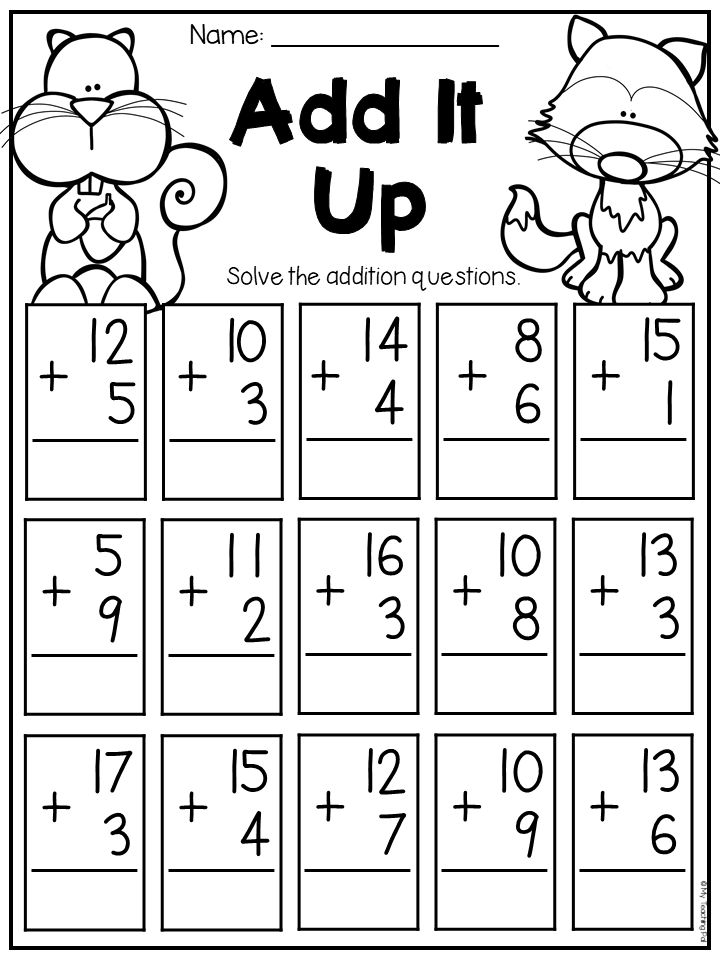 )
)
Speaking of the 1-120 number cards, I LOVE these because you can use them for sooo many things...
- Keep a set in your bucket for the classroom management 100 chart idea I talked about
- Use them for small group number recognition fun: Have a small group of students sit at your teacher table. Take the stack of cards and put them upside down in front of you. Hold the first card up in front of the 1st student at your table. If they can tell you what number it is ("thirty-two"), you give them the card. If they don't know it, the person next to them has a chance... if that person knows it, they keep it & if they don't know it, the next person gets a chance. It's a fast-paced fun game where they collect as many numbers as they can.
- Students can play War with a partner when they're done with their regular work. Have them separate the cards into 2 upside down piles then they each flip one at a time from their pile. Whoever has the bigger number gets to keep both cards.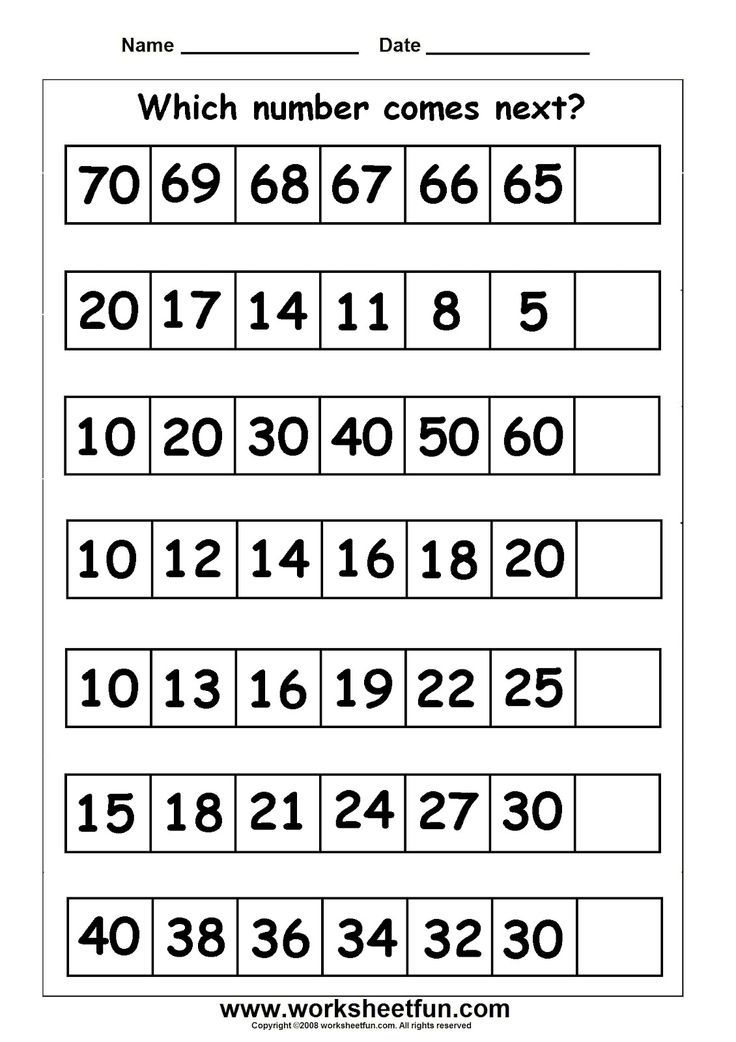 Great number recognition and number sense practice!
Great number recognition and number sense practice!
- Give them a handful of cards and have them put them in numerical order. Easy small group activity.
Use DICE!
Dice just seem to make anything more fun! I love dice. Dice are great for subitizing and you really want your students to be able to look at the 5 dots and know it's 5 without counting them each time. The more they play with dice, the better that'll get! :)
For Roll A Number, they simply roll 2 dice.. draw their dice and write the number they made. So if they roll a 2 and a 3, they made 23. Simple, effective subitizing practice, number recognition, number writing, etc.
If you want to make it a game, have 2 students play side by side, take turns rolling/writing their number, and the kid with the bigger number in that round circles his on his recording sheet. Most circles wins. Anything you can make seem like a game is a win!
Count together every single day with personal 1-120 charts!
If you are counting together during calendar pointing to a poster on the wall, stop it!
Okay okay, keep doing it if you want to but what if I told you there's a better way that will build their number sense so much faster?? When you're the one pointing, some kids aren't looking or the numbers just aren't registering the same or maybe it's going too fast for them.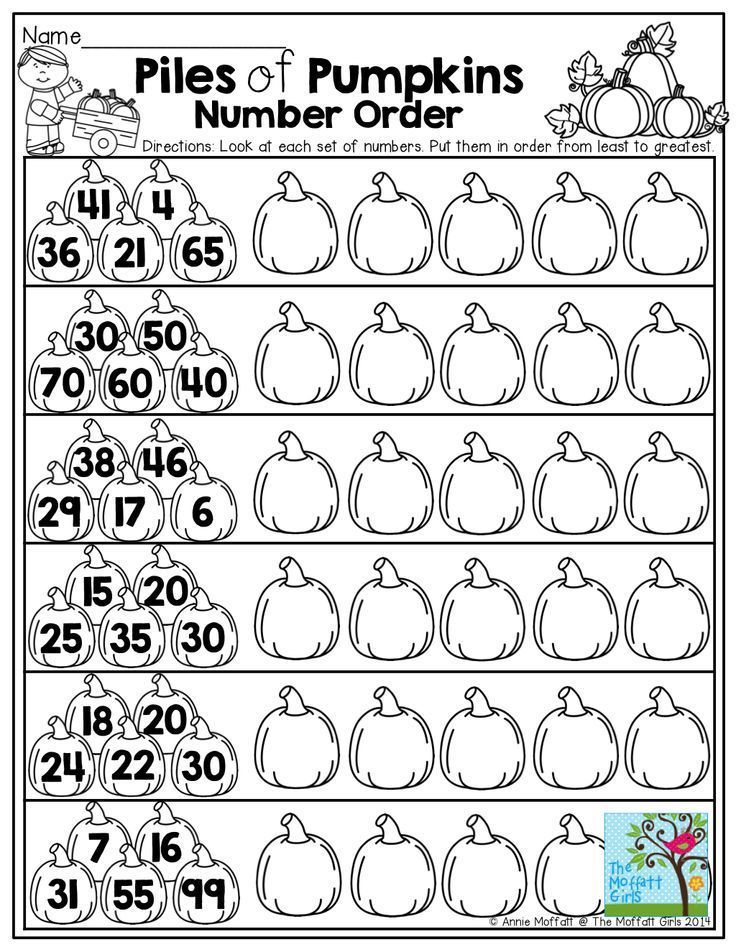
INSTEAD - give each child a printed out 1-120 chart in their math folders. Have them sit in their seats so you can walk around and ensure every person has their finger on 1 to start. Once everyone is on 1, have them touch 1 and say "one," touch 2 and say "two," touch 3 and say "three," etc. for every number. Only count to 20 the first few days. Spend a lot of time making sure every student is touching the number as they say it. Do this as a math warmup every day! Once they get good at 20, move up to 50, then 100, then 120. Don't just jump in at 50 even if they can do it - let them build their stamina! Make it a big deal when they can move up to bigger kid numbers (woohoo!). It's not the most fun thing in the world but it doesn't take that long and they will really get a lot out of counting while looking at and touching each number! It will really solidify their number recognition and will help them start to see patterns in the numbers by having to focus on where the numbers are on the chart.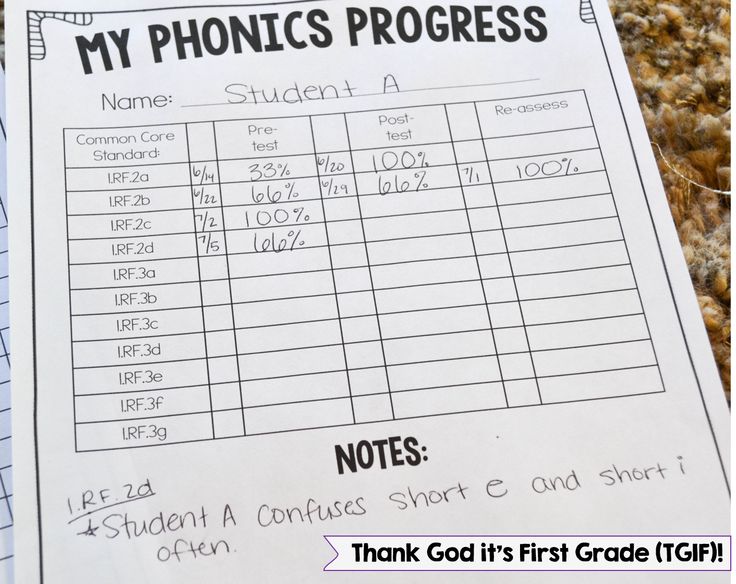 You can also add counting by 2s, 5s, 10s, etc. when the time comes - again, make sure they're touching it! It will really help them see how it really does skip by 2 or skip by 5 or skip by 10 on the chart.
You can also add counting by 2s, 5s, 10s, etc. when the time comes - again, make sure they're touching it! It will really help them see how it really does skip by 2 or skip by 5 or skip by 10 on the chart.
Make 120 chart puzzles!
You've probably seen this idea everywhere but it's worth mentioning because it's a great one. I wish I could say I thought of it (and I wish I knew who did!) but I've seen it a million places.
Print 120 charts on a few different colors of copy paper, cut them up, and put them into baggies as a center. I recommend only doing 1 puzzle in each color so that if the pieces get mixed up, your students know which baggie to put them back into during cleanup.
You can just give them to your students to complete without any guidance OR give them a white NOT cut up 120 chart to lay their pieces on top of as a guide if they need extra help.
Another fun idea is to write numbers on the back of puzzle pieces and have them put it together.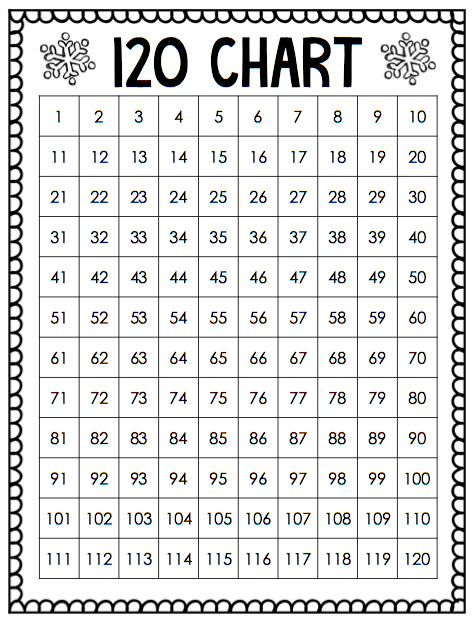 The 100 piece puzzles from the dollar store are perfect! Easy, CHEAP center!
The 100 piece puzzles from the dollar store are perfect! Easy, CHEAP center!
Representing Numbers in Different Ways
I think it's important to show numbers represented in a lot of different ways like the written form, dots, objects, fingers, ten frames, etc.
Use puzzles and fun matching games!
I have little cards that have ten frames, written form, objects (apples), dots, and finger counting cards for numbers 1-20. You can use them for so many different things! You can pick any 2, or 3, or 4 (however many they can handle!) card types and have them match them to each other. For example, have them match the number cards (3) to the ten frame (3 dots on a ten frame) card. Easy mix and match centers! Also great for working with small groups! You can really use these over and over all year.
Puzzles are also fun to match up the different representations of a number
Use cut and paste activities!
Anyone who reads my blog knows I have cut and paste activities for every math concept imaginable.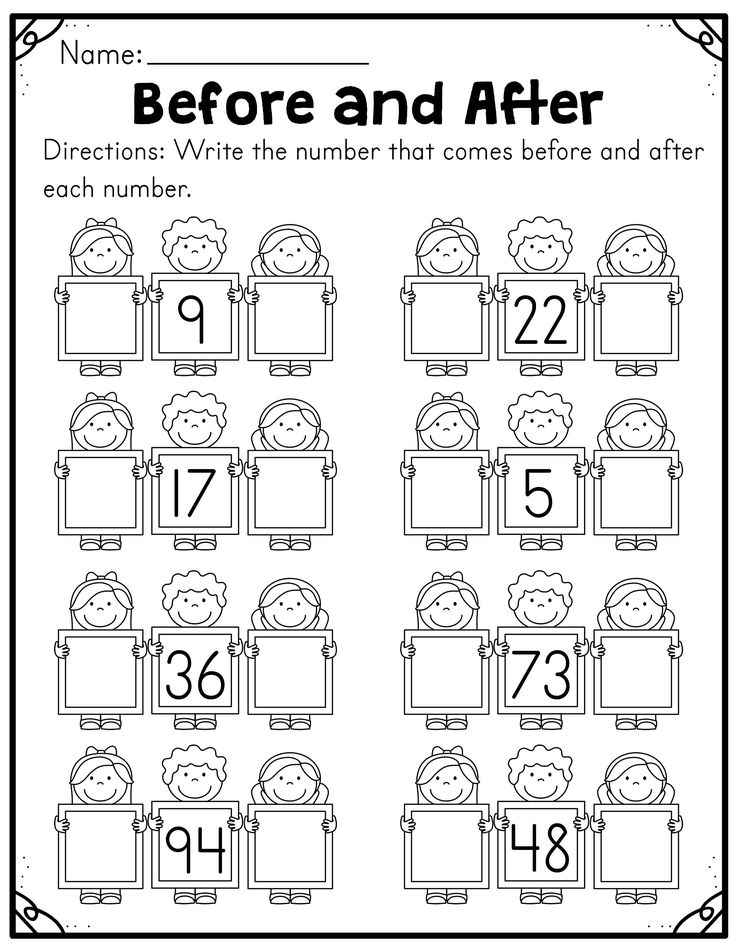 I LOVE them. Puffy heart love.
I LOVE them. Puffy heart love.
Counting
Don't assume they can count objects!
They might be able to say the numbers 1-120 perfectly but don't be fooled! Make sure they can actually count pictures or objects and figure out how many. A lot of kids just keep counting but they need to understand that when they are counting, when they run out of objects, they STOP and that is how many there are.
Worksheets are a quick and easy way to assess their counting skills!
& of course some cut and pastes....
Use centers to practice counting
One center I love because it is self-checking are just simple counting puzzles. If they count the wrong number and it's not one of the numbers to match, they know they need to try again :)
They simply count the object, match it to the write number, and then write the number on their recording sheet next to that object!
Another center I love for counting is Grab It!
Students simply grab a handful from the bucket and put it in front of them. Next, they guess how many they grabbed, and write it on their recording sheet. Then, they count the objects and write the real number in the 2nd circle.
Next, they guess how many they grabbed, and write it on their recording sheet. Then, they count the objects and write the real number in the 2nd circle.
Here you can see I used pom pom balls but you can use ANYTHING! You can make it seasonal and cute or just use any math manipulative or even fun objects like scary eyeballs at Halloween. The bigger the object, the easier the center is.. so if you want to make the center harder, use a smaller object.
Another fun center that your students will love is Stack It!
Do your students love building towers with their math manipulatives? ...pshh, of course they do! Here's a way they can do it and actually be learning...
Give your students a bucket of stacking/linking/whatever-you-call-them cubes that link together and dice. Student A rolls the dice and whatever number he rolls starts his tower - so if he rolls a 3, he stacks 3 cubes and stands them up. Student B rolls a 5 and stacks 5 cubes and stands it up.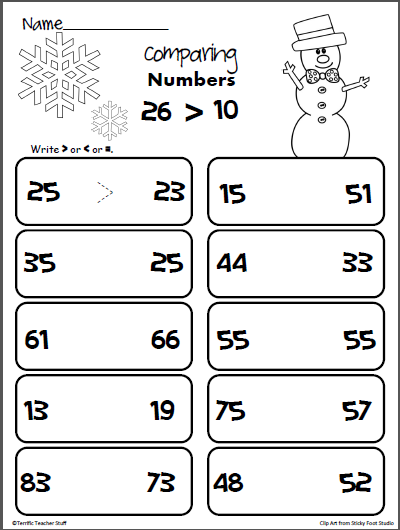 Now it gets tricky! Each time they roll, they make that number by linking that number of cubes together first AND THEN try to connect their new stack to their existing, standing stack and not have it fall over. So fun, right?? They obviously want to build that tallest tower possible without it falling over. This is a great game for counting that builds great pre-addition skills but make sure you have a we-don't-cry-when-our-tower-falls conversation first! Just say: If you cry, you never get to play again. EVER. [Cue evil teacher laugh].... Just kidding :)
Now it gets tricky! Each time they roll, they make that number by linking that number of cubes together first AND THEN try to connect their new stack to their existing, standing stack and not have it fall over. So fun, right?? They obviously want to build that tallest tower possible without it falling over. This is a great game for counting that builds great pre-addition skills but make sure you have a we-don't-cry-when-our-tower-falls conversation first! Just say: If you cry, you never get to play again. EVER. [Cue evil teacher laugh].... Just kidding :)
Instead of stacking cubes, you can also use them to fill something up! Not sure what this center would be called... Let's go with... Race to Fill it Up! because I am just all out of creativity by this point in the post!
Each student gets a cup. On their turn, they roll the dice and put that many of whatever the object is in their cup. First to fill their cup wins!
Count in line!
If you have a few extra minutes in line because you underestimated your hungry students' ability to pack up in 2 seconds for lunch, a game is a great way to keep them learning. .. and quiet! Have the line leader start at 0 and the person behind them says 1, next person says 2, etc. all the way down the line. When you get to little Johnny at the end of the line at 26, the person in front of Johnny who just said 25 will flip it back around and say 27 and it'll go back up the line the other direction. Keep counting and flipping until it's time to go - challenge them to see how high they can get! It'll be nice and quiet because they'll want to hear the number coming for them! If you do 2 lines, have them race! If a student does not know a number, please don't make them sit down or be "out" - they're the ones that need to be participating the most! Plus, you don't want to make them feel bad. Give them a few seconds, prompt if you can, and then just help them if they still can't get it. I know you know this but let's keep those affective filters low and learning lighthearted!
.. and quiet! Have the line leader start at 0 and the person behind them says 1, next person says 2, etc. all the way down the line. When you get to little Johnny at the end of the line at 26, the person in front of Johnny who just said 25 will flip it back around and say 27 and it'll go back up the line the other direction. Keep counting and flipping until it's time to go - challenge them to see how high they can get! It'll be nice and quiet because they'll want to hear the number coming for them! If you do 2 lines, have them race! If a student does not know a number, please don't make them sit down or be "out" - they're the ones that need to be participating the most! Plus, you don't want to make them feel bad. Give them a few seconds, prompt if you can, and then just help them if they still can't get it. I know you know this but let's keep those affective filters low and learning lighthearted!
Counting Forward from Any Number
Oh man, counting on from any starting point! This can be a tough one! With a bunch of exposure to the 120 chart using the number sense activites above, though, they should be able to rock it soon enough.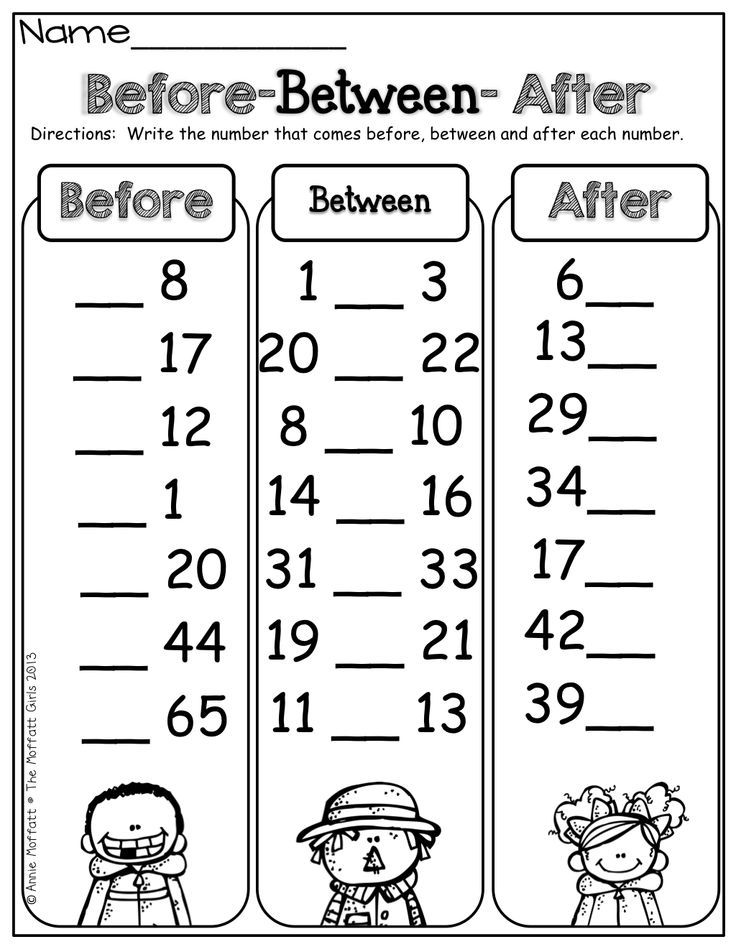
Use dice!
I know, I know. Dice and cut and pastes- I'm like a broken record :)
Dice are always a good motivator though, am I right?
This takes the Roll A Number center above a step further and has them roll the number and then write the numbers that come next. The great thing about dice is that they could do this activity 50 times and get different numbers every time and I am a firm believer in doing math stations multiple times. The more times they do it, the more proficient they get. Especially with centers like this, they don't get bored. It's dice. New numbers every time. Playing with friends. They know what to do. They're content. :)
Practice, practice!
Worksheets and cut and pastes are straightforward ways to practice the skill. I recommend allowing the use of the 120 chart for students who are struggling.
Practicing in centers is also a good idea.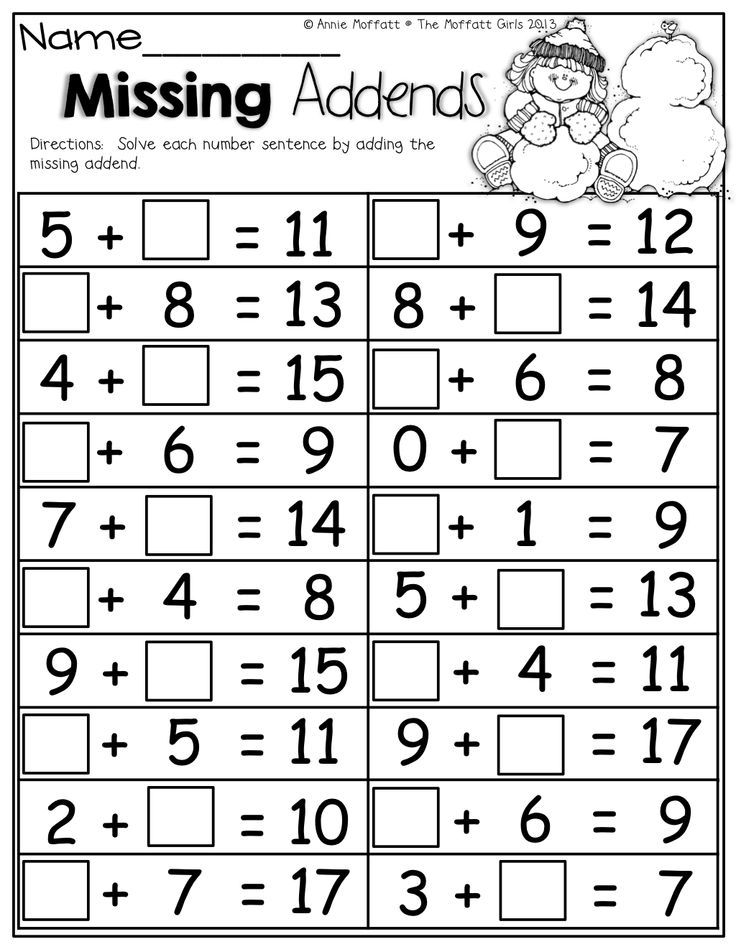 Have them draw a card from your number cards stack, write it, and fill in the numbers that come after it.
Have them draw a card from your number cards stack, write it, and fill in the numbers that come after it.
Ten Frames
Ten frames are all the rage right now and I really do feel like they help students, especially when moving into addition. The more instantaneous they can "read" the numbers, the better.
Make your own magnetic ten frames!
Okay so these are so super simple to make and great for centers/small groups! Go to the dollar store and grab some magnetic cookie sheets. Find a magnet in the dollar store and stick it on to double check they're magnetic before you buy them! Then, get tape and tape it off into a ten frame. Last, use some cute magnets as your dots!
Your students will love them... and they're so cheap to make!
More puzzles & cut and pastes, of course!
Ten frame puzzles
Use cotton swabs and paint to color in ten frames!
You could have students draw dots into their ten frame worksheets using a pencil.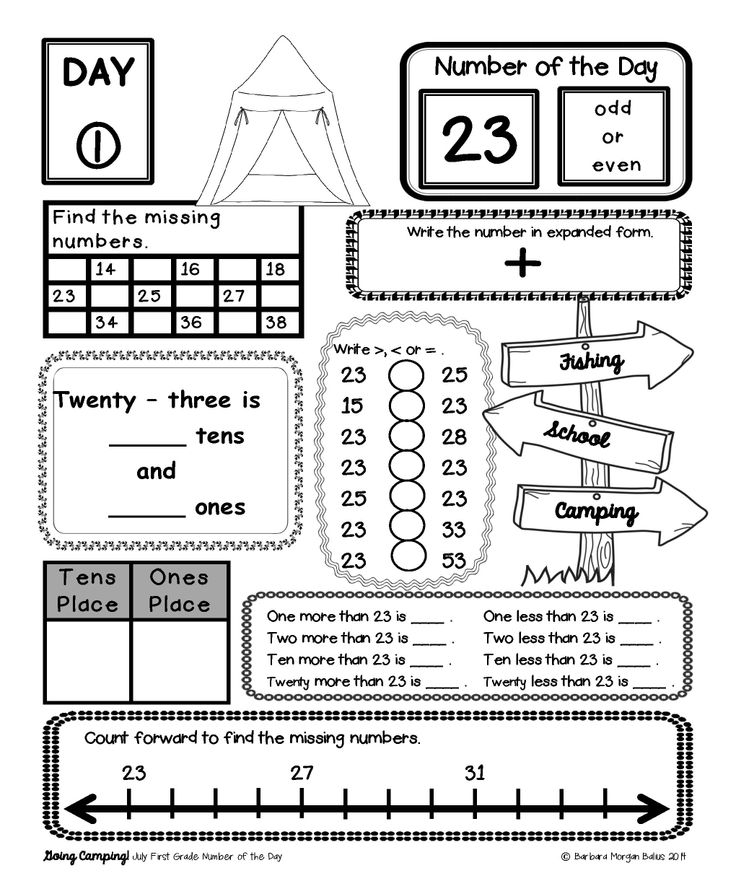 .... or you could be crowned THE BEST TEACHER EVER and let them paint in their ten frames using cotton swabs!
.... or you could be crowned THE BEST TEACHER EVER and let them paint in their ten frames using cotton swabs!
It's super easy, uses hardly any paint, and you'll get to see their cute little concentration faces as they try to dab them perfectly into each square.
Simply give them one of my ten frame worksheets where it has the number they need to make and empty ten frames and let them paint the ten frames in to be that number.
You can also use one of my twenty frame worksheets!
Recycle old egg cartons into ten frames!
Cut off the flaps and 2 of the egg holders and - voila! - instant ten frame! These are great for students to use in small groups because they're small enough for each student to have one and things don't fall out of them easily. Big pom pom balls are perfect to use as the dots.
Assessment time!
Number sense is one of the many concepts that your students will come to you all over the board.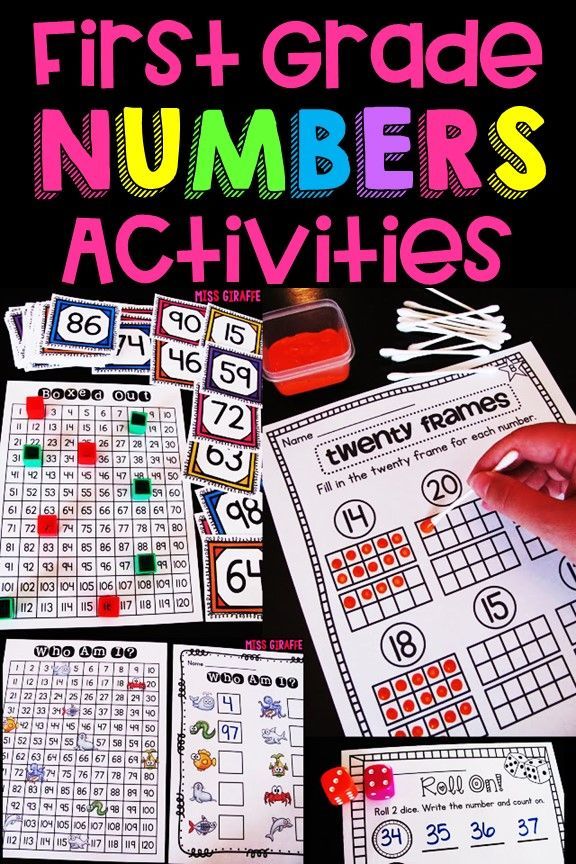 Some will be able to fill in a 120 chart on day 1 and others will still be struggling with one-to-one correspondence. That's why it's so important to assess them day 1 and throughout the year.
Some will be able to fill in a 120 chart on day 1 and others will still be struggling with one-to-one correspondence. That's why it's so important to assess them day 1 and throughout the year.
I have A BUNCH of 1-20 charts, 1-50 charts, and 1-100 charts for assessments that you can use all year. I have a blank version of each as well as a totally traceable version of each for the students who really need extra help. Slip a traceable one in a sheet protector and have that struggling kiddo use a dry erase marker to write their numbers with the 1-20 chart, then the 50, then the 120.
I also have charts where some numbers are already filled in... in different levels. For example, a 120 chart where only a few numbers are missing that they have to fill in, one where a decent amount are missing, one where all but a few numbers are missing, etc. I'm all about the differentiation!
I also have number recognition boards where the numbers are mixed up - you and the student you're assessing each get one. Just cross off the numbers they miss. There are 3 assessments to a page and space to date it so you can see the progress.
Just cross off the numbers they miss. There are 3 assessments to a page and space to date it so you can see the progress.
& of course, just a normal unit test like I do for all of my math units.
These are just SOME of the many number sense activities, worksheets, and centers found in my Number Sense math unit.
If you want to get all of the centers, worksheets, and activities you saw in this blog post - and a whole lot more number sense fun - in a simple click, they are all bundled up and ready for you in my First Grade Math Unit 1 pack!
Click HERE or on the image to grab it!
I also have this in Spanish: Sentido Númerico!
I really hope you were able to get some great ideas for teaching your students number sense from this post! I know my posts are often really long but I just always want to provide you with lots of ideas that you can take into your classroom. I really appreciate you taking the time to let me share them with you! Every teacher who reads teaching blogs in their spare time (which I know isn't much!) is a ROCK STAR in my eyes so if you're feeling overwhelmed with the beginning of the year and how in the world you're going to teach these little kiddos number sense, don't worry! You've got this.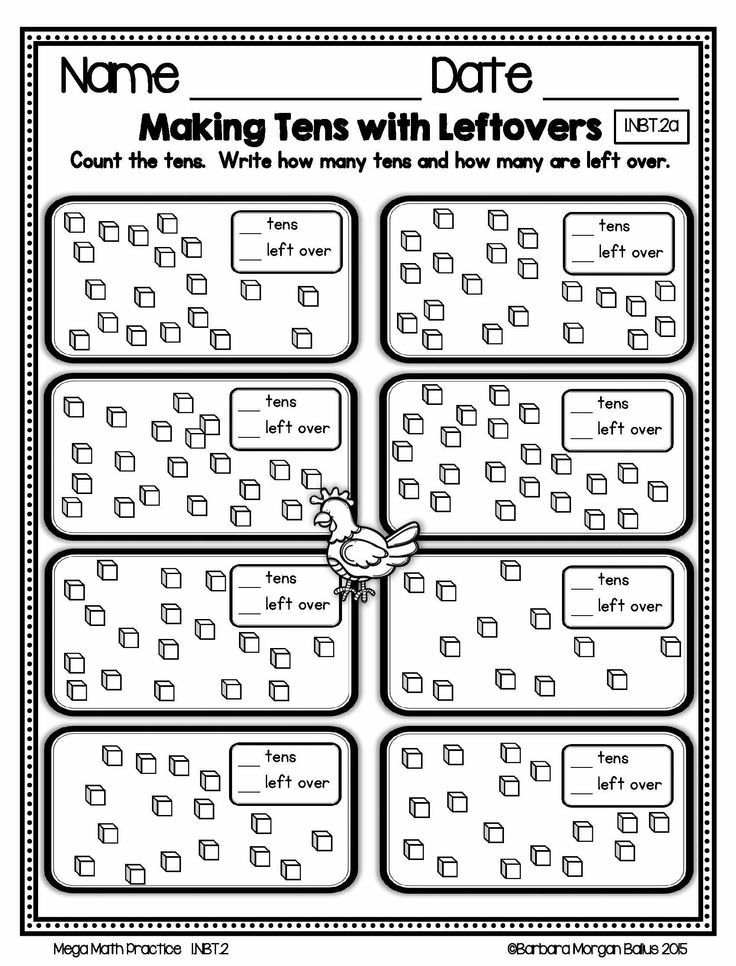 You're using what little free time you have to help yourself become an amazing teacher... and you know what that tells me? You already are!
You're using what little free time you have to help yourself become an amazing teacher... and you know what that tells me? You already are!
Want to read more MATH ideas from me?
Check out these fun posts:
Place Value
Telling Time
Fractions
Adding 3 Numbers
Fact Fluency
Making a 10 to Add
Money
Graphing and Data
Follow me on Pinterest for more teaching ideas!
Don't forget to join Miss Giraffe's Class so you never miss out on fun ideas and exclusive free stuff from me only for subscribers!
5 Easy Steps to Teach Number Talks in First Grade
This post may contain affiliate links. You pay the same and I get a small commission. /em>
Do you do Number Talks in your first grade classroom?
We do! And we can honestly say that Number Talks are the BEST way we have found to increase our students’ computational fluency and their ability to think about numbers flexibly.
This simple addition to our math warm up time has truly transformed mathematics in our classrooms. Pinky swear!
However…if the thought of implementing daily number talks gives you hives….we’ve got you covered!
Our YEARLONG First Grade Number Talks BUNDLE makes implementing Number Talks an ABSOLUTE BREEZE!
If you have an interactive whiteboard, you literally just display a number talk each day and let the conversations begin. If not, just print a number talk out each day and you are ready to roll.
NO PREP and stress free!
Step 1: Display Your Daily Number Talk & Give
Individual Think Time to SolveFirst Grade Number Talk Example
The first step is to display the daily Number Talk and give students individual think time to solve the problem.
This step is critical as we want all learners to have the time to access this learning opportunity.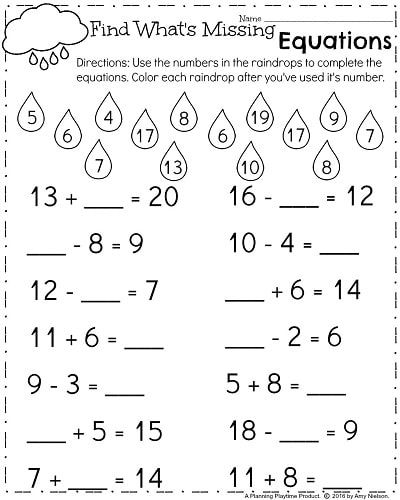 All too often the quick thinkers blurt out answers before others even have time to think and process. Please do not allow this to happen or the value of this powerful activity will be greatly diminished. Silence is golden during this portion of the math talk activity.
All too often the quick thinkers blurt out answers before others even have time to think and process. Please do not allow this to happen or the value of this powerful activity will be greatly diminished. Silence is golden during this portion of the math talk activity.
Step 2: Have Students Communicate Using Silent Hand Signals
Keep this activity running smoothly and calmly by having students communicate with you using silent hand signals. For this portion of the lesson, students will be signaling that they have an answer or that they have more than one answer to the problem.
Why silent signals? Again, we don’t want to disrupt students’ process time with discussion yet. During this portion of the lesson we want to check in to find out where each student is in their thinking process. Do they have an answer? Two answers? Do they have a question? Do you have students not showing silent hand signals that need more process time?
Guess What? You receive these adorable posters FREE with our First Grade YEARLONG Number Talks BUNDLE! Here is a blog we have on Silent Hand Signals.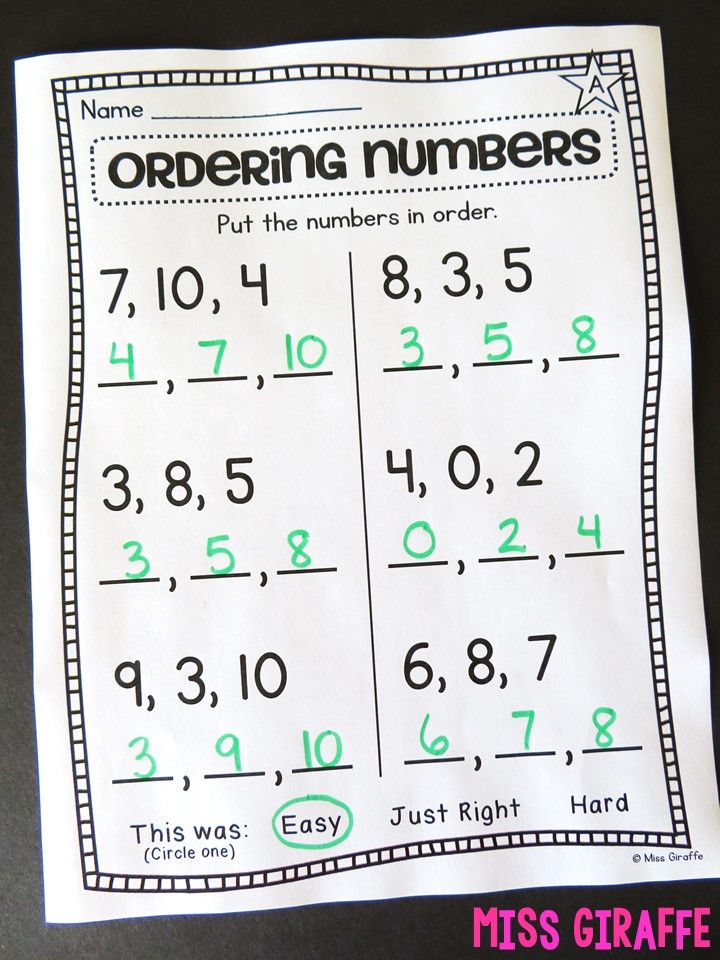
Step 3: Partner Share Answers & Strategies Used
When you see that all students have an answer, ask your students to partner share their answer and how they got it. What strategies did they use?
We like to assign partners. One is Peanut Butter and one is Jelly. Then we alternate who shares first.
The important thing is that both students have the opportunity to not only share the answer they got, but also share how they got the answer. Sharing the how is critical. Learning and understanding go deeper when the how is shared. Mathematical concepts are better internalized through the process of sharing.
Step 4: Have a Student Share Answer & Strategy Used (Record)
Call on a student to share their answer and how they arrived at the answer. What strategies did they use? Record the students’ thinking. (We like to also record the student’s name.)
Then ask students to share who got the same answer and solved it in the same way.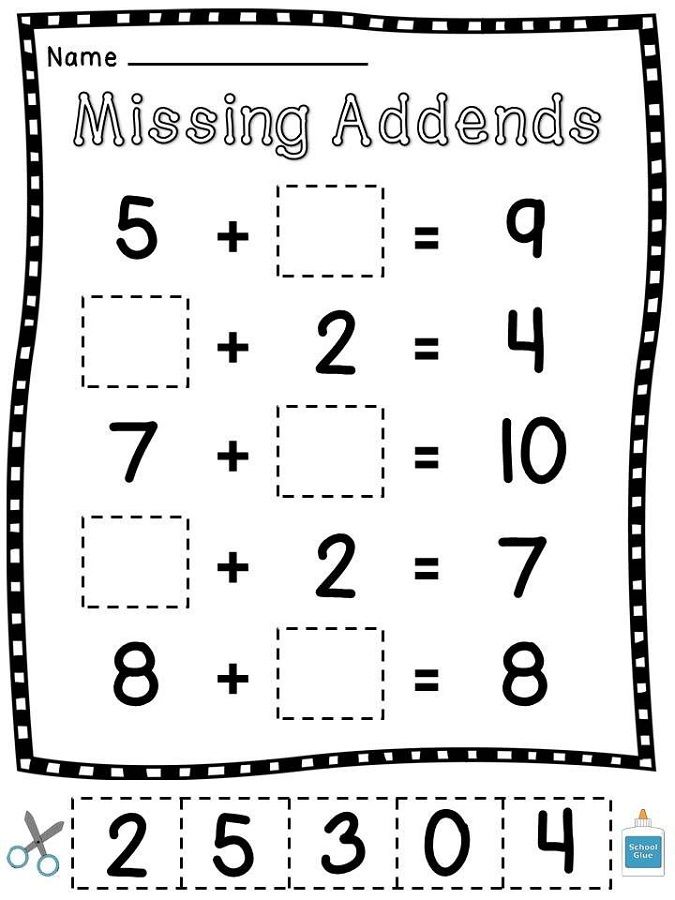 Students will use their silent signal for “me too” to communicate if they did.
Students will use their silent signal for “me too” to communicate if they did.
Oftentimes several students will arrive at the same answer and use the same strategy. This is the time for those students to silently share that information with you instead of yelling out me too.
Step 5: Have Other Students Respond Through Silent Hand Signals & Share Thinking (Record)
First Grade Number Talk Example with Students Ideas Recorded
Ask students who got the same answer, but solved it in a different way; or who got a different answer. (Many of our number talks are open ended and have multiple answers.)
Again, have students respond using silent hand signals.
Call on students to share both their answer and how they arrived at the answer. Record.
Through this sharing process students are able to learn from their peers, which is very powerful! They may learn new strategies to try or more effective strategies to use.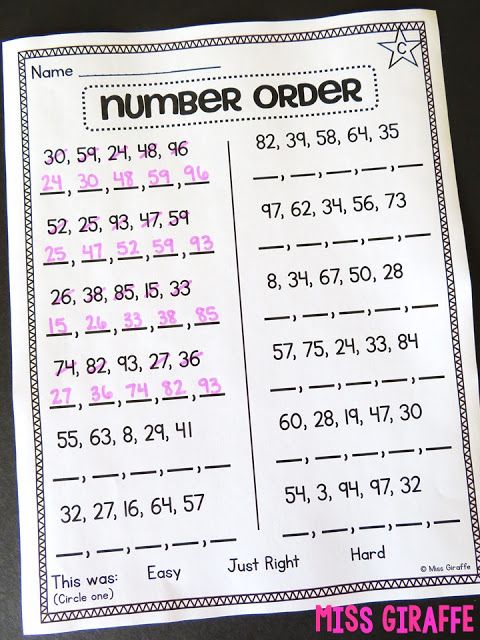 They may also recognize that they have misconceptions and ask clarifying questions to resolve gaps in their understanding.
They may also recognize that they have misconceptions and ask clarifying questions to resolve gaps in their understanding.
And there you have it….Number Talks MADE EASY! If you are not currently doing Number Talks in your classroom, we highly encourage you to give them a try!
Here’s What Teachers Are Saying About Our #1 Selling Number Talks Resource!
“This has been the best thing I have EVER bought on TPT, hands down. This ensures my number talks are meaningful, interesting, and something that my kids look forward to each day.” -Sarah
“Oh my goodness, this resource is fantastic. I’ve never done number talks before, so I’m learning right along with the kids – and it’s amazing to hear their explanations and conversations each day! They are learning so many different strategies for looking at and thinking about numbers. These activities have enough repetition that the kids (and I) know what to do, but each month they “ramp up” a bit and the kids just love it! Even my least engaged students get involved in figuring out and sharing their answers.
I can’t thank you enough for such an amazing product!” – Amanda K.
“Thank you so much for this product! It is very comprehensive and saves me loads of time. My students LOVE the interaction with the math, are learning to talk about their problem-solving processes and think critically and talk about the strategies others may use to solve problems! I love the directions and the plans! This is an awesome product.” -Tressa
Inside this EASY to Implement and HIGHLY Engaging Resource You’ll Find:
- A YEARLONG Set of DIGITAL Number Talks
- A YEARLONG Set of Printable Number Talks
- Number Talk Lesson Plans for the Entire Year
- 8 Colorful Silent Hand Signal Posters
- 7 Colorful Sentence Starter Posters
- 12 Adorable Addition and Subtraction Strategy Posters
HAPPY NUMBER TALKING!
Cindy and Becky of Primary Bliss Teaching
To answer the question many of you have asked us, YES we have YEARLONG NUMBER TALKS BUNDLES for GRADES K-5.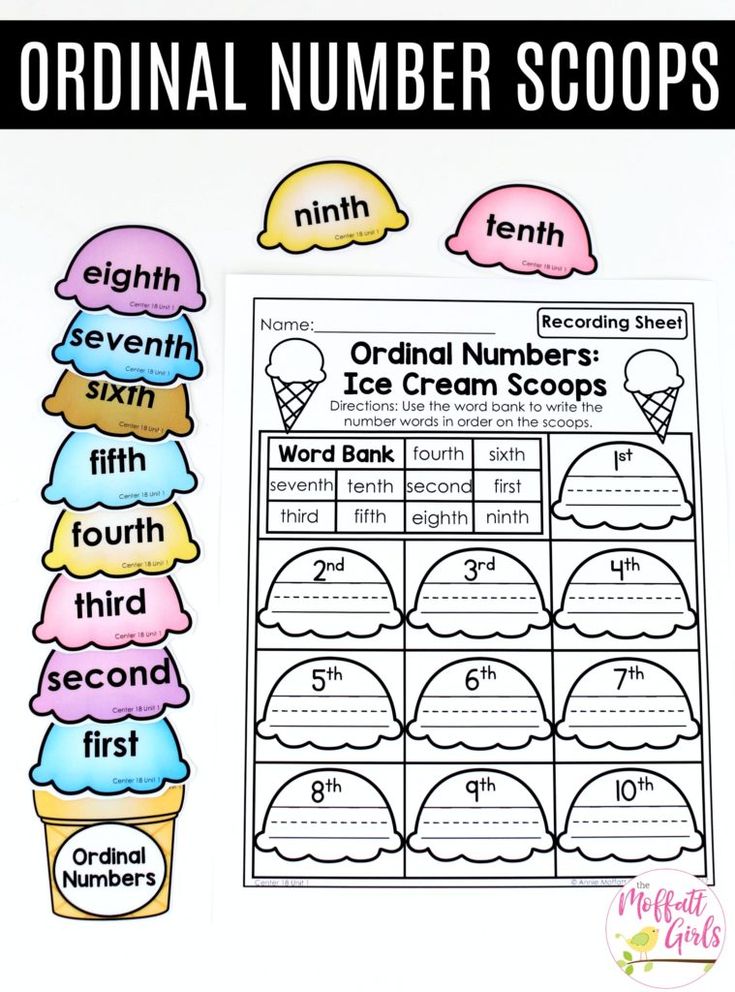
https://www.teacherspayteachers.com/Store/Primary-Bliss-Teaching/Category/Number-Talks-K-5-Bundles-237381
Types of hotel rooms, types of accommodation in hotels
Interesting and useful
Booking a hotel room on your own is not difficult if you know all the specifics in the qualification of rooms. In order not to get into an awkward situation, prepare in advance with the help of our memo.
The long-awaited vacation is approaching. You have already decided on the country where you plan to go, but then you face the painful choice of booking a hotel.
Hotel room types
If you are not an experienced tourist, then, when you first see the mysterious abbreviations and foreign designations in the description of hotel rooms, you will definitely be visited by some confusion. The head will definitely go in circles from incomprehensible characters.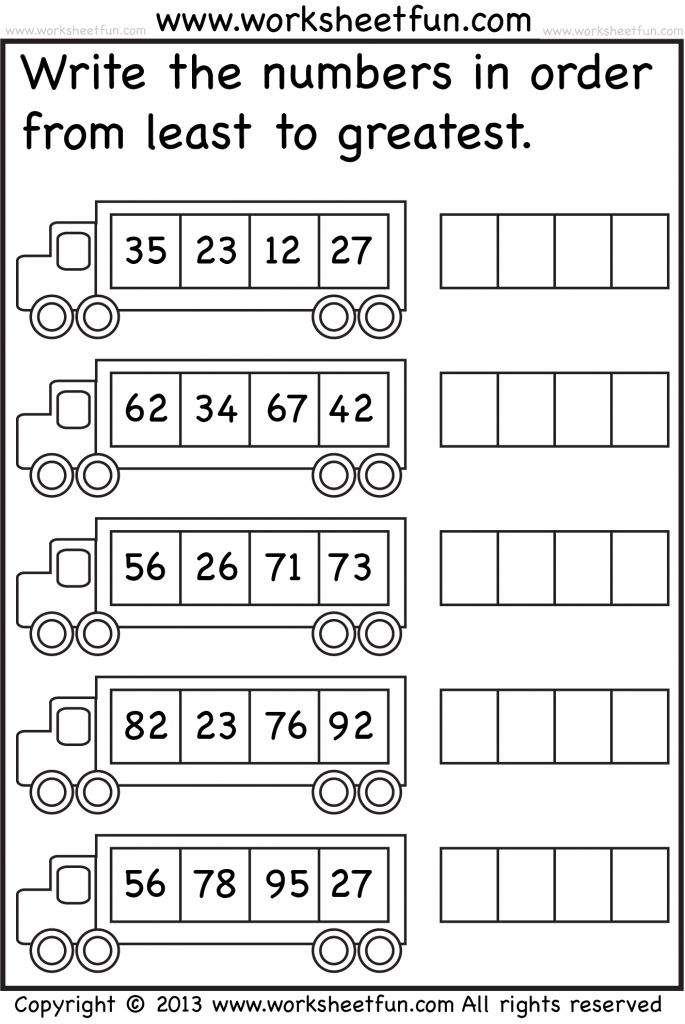
In order not to confuse yourself and not regret on arrival that the hotel room did not meet expectations, you need to be savvy.
Then let's understand the decoding of the symbols. nine0003
Classification of hotel rooms by number of guests
Classification of hotel rooms by number of guests
SNGL (single) - a single room with one bed is suitable if those traveling alone.
DBL (double) - one room with a double bed - a great option for a couple traveling without children.
TWIN for two people with two separate single beds. You can stop the choice on it if you are checking into a room, for example, with a friend / girlfriend, brother / sister or colleague. nine0003
TRPL (Triple) is a family option for three people. The room can have either 3 separate beds, or one large and single bed.
QDPL (Quadriple) Quadruple accommodation for a family with two children.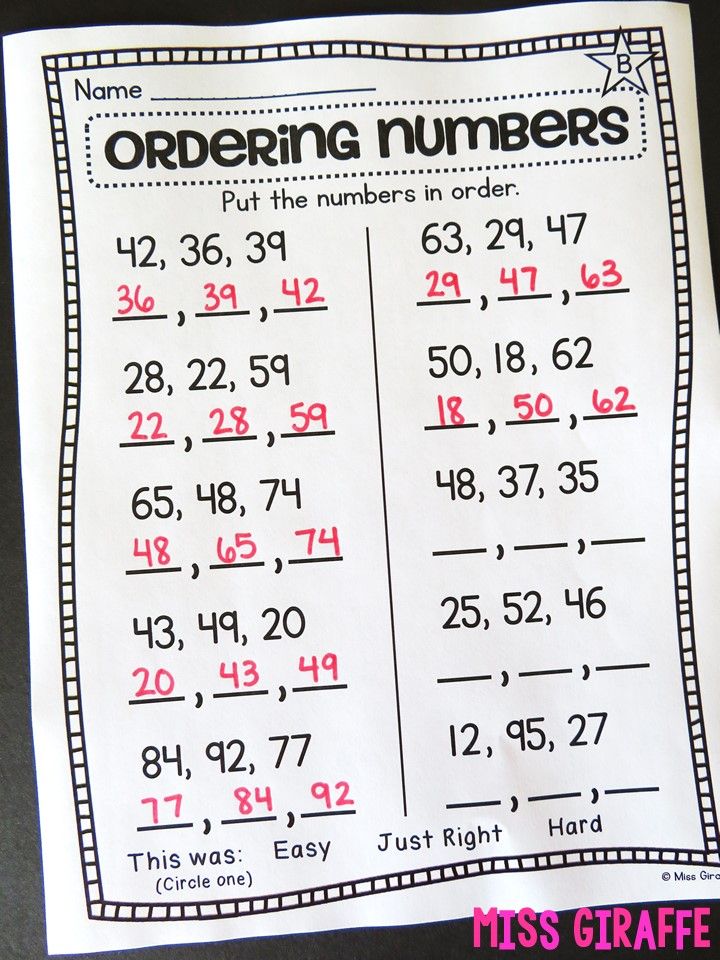
ExB (Extra Bed) is an abbreviation for an extra bed (folding bed or sofa), which can be installed in any type of room upon request.
Classification of hotel rooms by composition and size
Classification of hotel rooms by composition and size
STD (standard) - a standard one-room suite, most often with an entrance hall, a bathroom and a balcony. The Standard category room can be found in hotels with a small number of stars. The average room size is 16-22 square meters. m. and is intended mainly for one or two guests.
Superior is a superior room that differs in footage. This category of room basically has similar features to the standard one, but it is made in a more sophisticated design, using better finishes, modern technology and stylish furniture. nine0003
Studio is a compact room in which the living room is combined with the kitchen. This type of housing resembles studio apartments.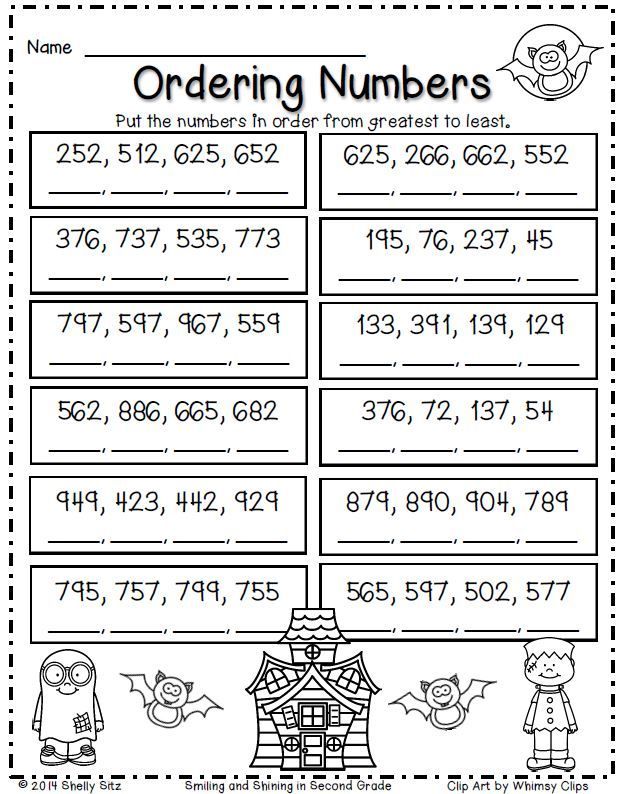 It has everything you need for living: a bed, a kitchenette with a stove and utensils. Room size does not exceed 20 sq.m., which is quite comfortable for 1-2 people.
It has everything you need for living: a bed, a kitchenette with a stove and utensils. Room size does not exceed 20 sq.m., which is quite comfortable for 1-2 people.
Family room - a family room that is in demand among couples with children. In terms of content, it is similar to the Standard category, but has a larger area. The number of rooms in a family room may vary: two-room suite (bedroom and living room) or three-room suite (2 bedrooms and living room). nine0003
Family Studio - This category embodies the elements of the Studio and the Family Room. It is suitable for families with children. In addition to the standard set of features, it has a kitchenette equipped with the necessary appliances and kitchen utensils.
Delux is the ultimate deluxe. The room is highly comfortable. Compared to the Standard category, the deluxe has a larger area (22-28 sq.m.), a more attractive view from the window and an elegant interior.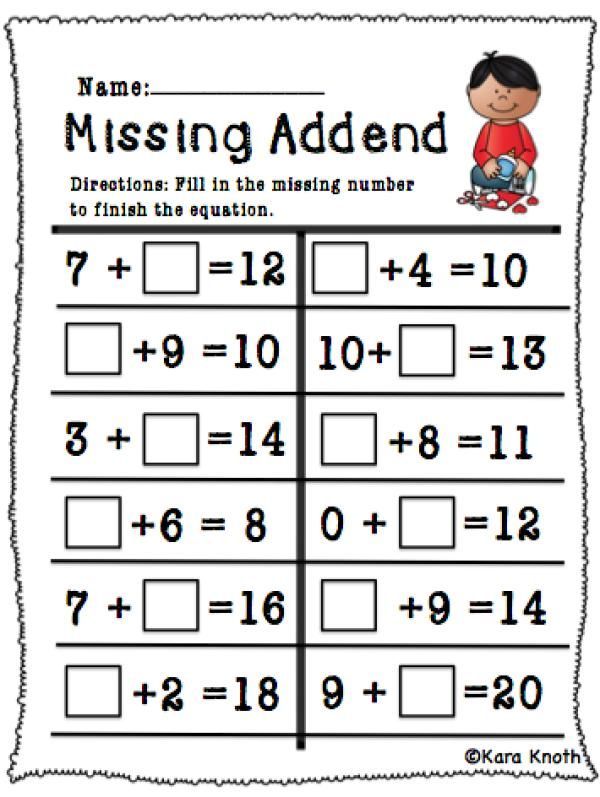 Unlike a standard room, a deluxe room offers additional services (slippers, bathrobes, etc.). nine0003
Unlike a standard room, a deluxe room offers additional services (slippers, bathrobes, etc.). nine0003
Suite - Suite category, which is either a two-room suite (bedroom and living room), or a three-room suite (bedroom, living room and office or 2 bedrooms and living room). The interior of the Suite is distinguished by excellent design, luxurious furnishings, expensive furniture and decor items. In addition to interior decoration, the Suite offers the most picturesque views from the window - the sea, mountains, gardens. The rooms of this category are very spacious, their area can exceed 35 square meters. m. For the convenience of guests, in addition to the standard set of furniture, the price includes additional amenities (slippers, bathrobes, tea and coffee facilities, etc.). And often, Suite rooms are equipped with an additional toilet, jacuzzi and other amenities that create home comfort. nine0003
Presidential Suite - Presidential Suite. The luxury and scale of a room of this category is amazing.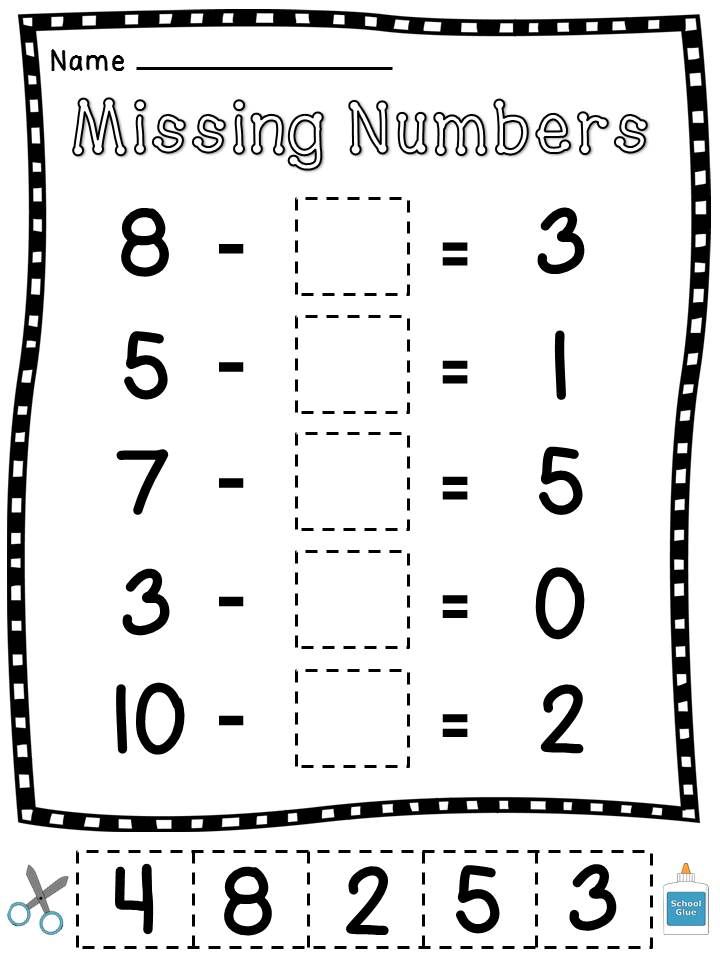 It consists of several large rooms (bedroom, living room, study, dining room, hall, several bathrooms and toilets, a large balcony), which are distinguished by the most sophisticated furnishings, expensive interior items, luxurious furniture and high-quality finishing materials. The Presidential Suite offers the guest a stunning view from the window, thanks to its location on the highest floors of the hotel. nine0003
It consists of several large rooms (bedroom, living room, study, dining room, hall, several bathrooms and toilets, a large balcony), which are distinguished by the most sophisticated furnishings, expensive interior items, luxurious furniture and high-quality finishing materials. The Presidential Suite offers the guest a stunning view from the window, thanks to its location on the highest floors of the hotel. nine0003
Business Room is a special number for businessmen. The room of this category is large and equipped with office equipment (computer, fax, internet, telephone, etc.) and office furniture. All the conditions for the work of business people are created here.
Honeymoon Suite is the Honeymoon Suite. The room of this category is designed in a romantic style and is equipped with a large king size bed. Often, when booking a room for honeymooners, the hotel offers gifts and special services in the form of champagne and fruits, candlelight dinners, etc.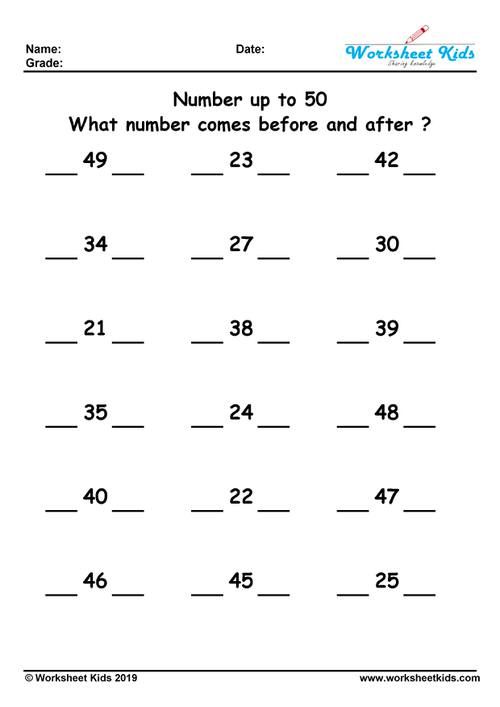 nine0003
nine0003
Room classification by location within the complex
Room classification by location within the complex
MB (Main Building) - accommodation in the main building of the hotel, where the reception is located.
Cabana - accommodation in a separate building on the beach by the sea or near the pool.
Cottage - cottage.
BGL, BG (Bungalow) - bungalows, detached one- or two-story houses on the territory of the hotel. Each room in the buildings has a separate entrance from the street, and the interior equipment can be different - from Standard to Suite. Bungalows are a great option for tourists who prefer to live in seclusion. nine0003
Villa - villa, detached building of one or more floors. Villas are an option for wealthy guests. Houses with luxurious furnishings inside are designed for single family living. The villas are located in a quiet, uninhabited place, and, as a rule, are equipped with an individual pool and a large garden.
Classification of rooms by view from the window
In the abbreviations of rooms that differ in view from the window, the first letter indicates the area that the tourist will see when checking in: GV Garden View - Garden View, CV City View - City View, DV Dune View - Dune View, MV Mountain View - Mountain View, RV River View - River View, PV Pool View - pool view, BV Beach View - beach view, SV Sea View - sea view.
Classification by type of food
RO (Room Only) / AO (Accomodation Only) / BO (Bed Only) - accommodation without meals. The literal translation is “only bed”, “only room” or “only accommodation”. This type of tour is the most budget option, providing travelers with only a place to stay without the additional free food service. nine0003
BB (Bed and Breakfast) - literally translated as "bed and breakfast" - one of the most common options for tourists, which includes breakfast.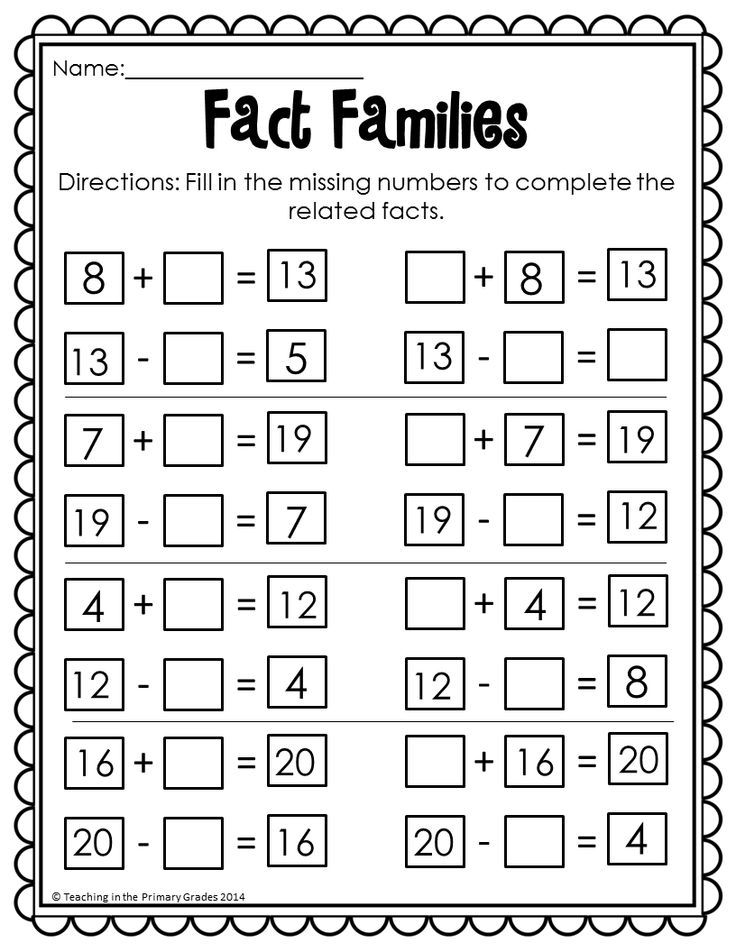 At the same time, there are several varieties of such food: CBF (continental breakfast of a drink and a bun with jam), EBF (English breakfast of scrambled eggs with toast and a drink with a bun), ABF (American breakfast, which consists of a drink, a bun, hot, salads and sliced sausage).
At the same time, there are several varieties of such food: CBF (continental breakfast of a drink and a bun with jam), EBF (English breakfast of scrambled eggs with toast and a drink with a bun), ABF (American breakfast, which consists of a drink, a bun, hot, salads and sliced sausage).
HB (Half Board) - half board, including breakfast and dinner. This type does not include alcohol, snacks and lunch. Tourists can order alcoholic drinks on the spot or in the room with payment on the spot.
FB (Full Board) - translated as "full board" and involves three buffet meals a day, with a variety of salads, first and second courses, fish and vegetable products, as well as soft drinks. Alcoholic drinks are not included in the FB category, but can be purchased at an additional cost. nine0003
ULTRA ALL / AI (Ultra All Inclusive) - all-inclusive meal option: breakfast-lunch-lunch-afternoon-dinner + alcohol and snacks. The menu may include cuisines from around the world, drinks and sweets, including at night, alcoholic and non-alcoholic drinks of local and imported production.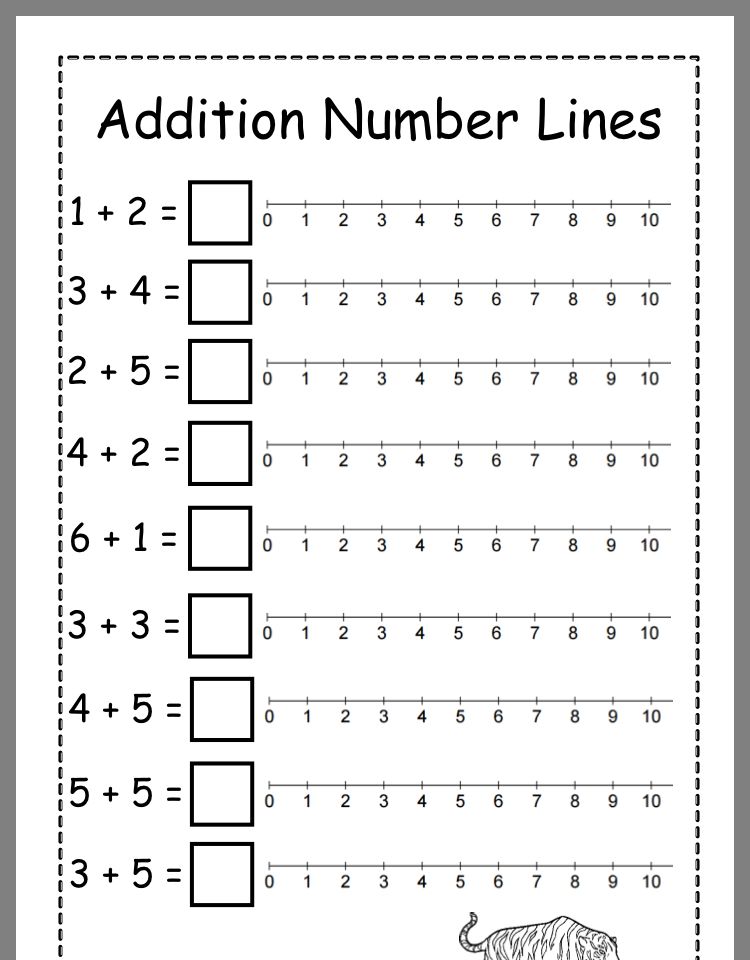
Booking a hotel room on your own is not difficult if you know all the specifics in the qualification of rooms. In order not to get into an awkward situation, prepare in advance with the help of our memo. Or ask questions at the hotel reception on the spot upon arrival. This will not only save you from unnecessary misunderstandings, but also make your stay comfortable and unforgettable. nine0003
Get access to the program right now and get 15 days of free connection
Get access
Website for hotel
Ready immediately after registration in the MaxiBooking system
Channel Managers
Channel Manager Maxibooking is a tool that allows you to simultaneously manage all the sales channels you need
Booking module
Increases your hotel's direct sales, fits any website and works without commission
PMS
System for integrated process control in a hotel or hotel
Popular articles
All articles
budget economy class, mid-range, first-class, apartments and luxury
Before booking a hotel room, a tourist or a person going on a business trip wants to find out what class he has, how many stars he has.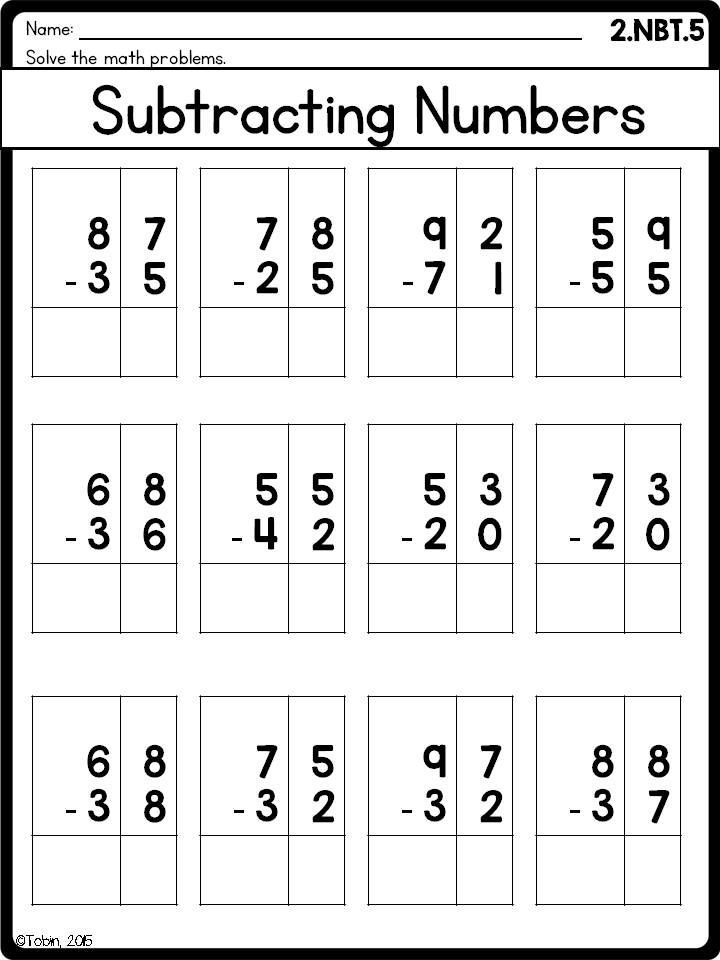 There are many hotels with rooms with different levels of comfort for leisure and business people. And even in one complex rooms of different levels will be presented. nine0003
There are many hotels with rooms with different levels of comfort for leisure and business people. And even in one complex rooms of different levels will be presented. nine0003
Budget hotels
Economy hotels
Medium hotels
First class hotels
Apartment hotels
Luxury hotels
The higher-priced rooms have expensive furniture and modern renovations. In the rooms of the category below there are simple, but modern interior items, simpler finishes. nine0003
In addition, the number of free services for guests will also differ depending on the type of room they choose. Living in suites has more options than those who rent a standard room. They have free access to the internet. They have a telephone for long-distance negotiations, they can visit a business lounge, use office equipment to conduct business. Their bathroom is equipped with more modern fixtures. But even ordinary rooms are equipped with everything that is required for a comfortable stay, and people can get additional services for a fee. nine0003
nine0003
Budget hotels
Budget hotels get their name from the fact that you can stay one or more nights at a reasonable cost. They have all the conditions for recreation, but the complexes do not provide their guests with any frills. In them, guests are accommodated in two-, three-, four-bed rooms. Single rooms are not available everywhere. Meals can be arranged (breakfast) or not. Lunches and dinners are not provided. In addition, some complexes limit the provision of free breakfast for residents in large multi-bed rooms (6 - 8 people) with a fee for a bed. Necessary services can be provided to residents additionally. nine0003
Economy hotels
Usually they have 2 or 3 stars. Their rooms include furniture, a bathroom can be located in a room or on a floor and be shared by all guests. The area of economy class rooms is small - up to 10 - 12 meters. The room has the necessary amount of furniture; in recent years, many hotels have provided wireless Internet, which they provide to customers for money or for free.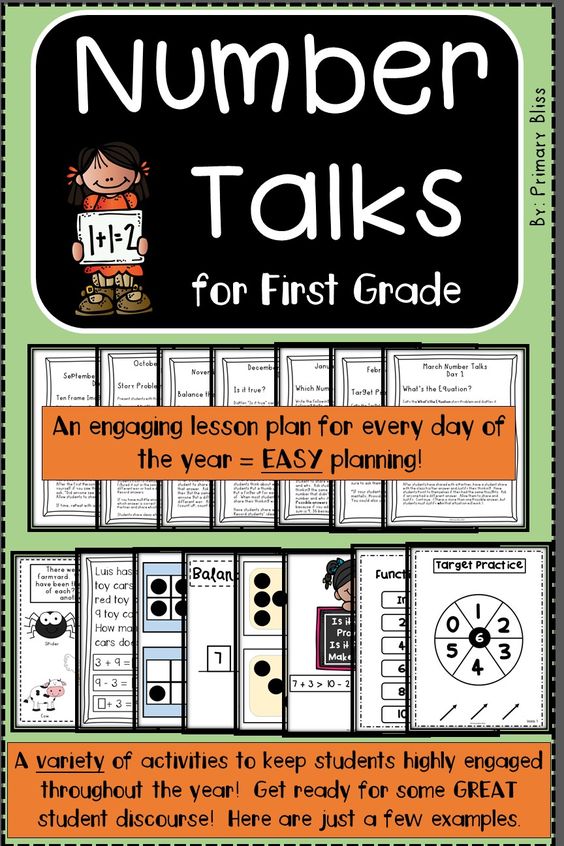 Cleaning and change of bed linen in such rooms is carried out every 5 - 7 days or at the departure of the guest. Bathroom hygienic supplies are rare, and if provided, it will be disposable soap and shampoo. nine0003
Cleaning and change of bed linen in such rooms is carried out every 5 - 7 days or at the departure of the guest. Bathroom hygienic supplies are rare, and if provided, it will be disposable soap and shampoo. nine0003
Medium-sized hotels
In such complexes, clients are offered a typical set of services: accommodation, meals (breakfast, lunch or dinner on order), internet. Rooms 12 - 15 meters or more, depending on the number of residents. In such hotels there are both double and triple rooms, and single rooms. Most of the rooms in such hotels are of the “standard” type. They also have "suites", but in their equipment they are modest. The difference with typical rooms they have is a larger area of the room, more installed furniture and household appliances (TV, kettle, air conditioning). The bathroom in average hotels is located in the room. nine0003
First-class hotels
These are 5-star complexes that offer their guests a full range of services. Often they belong to some well-known global hotel chain.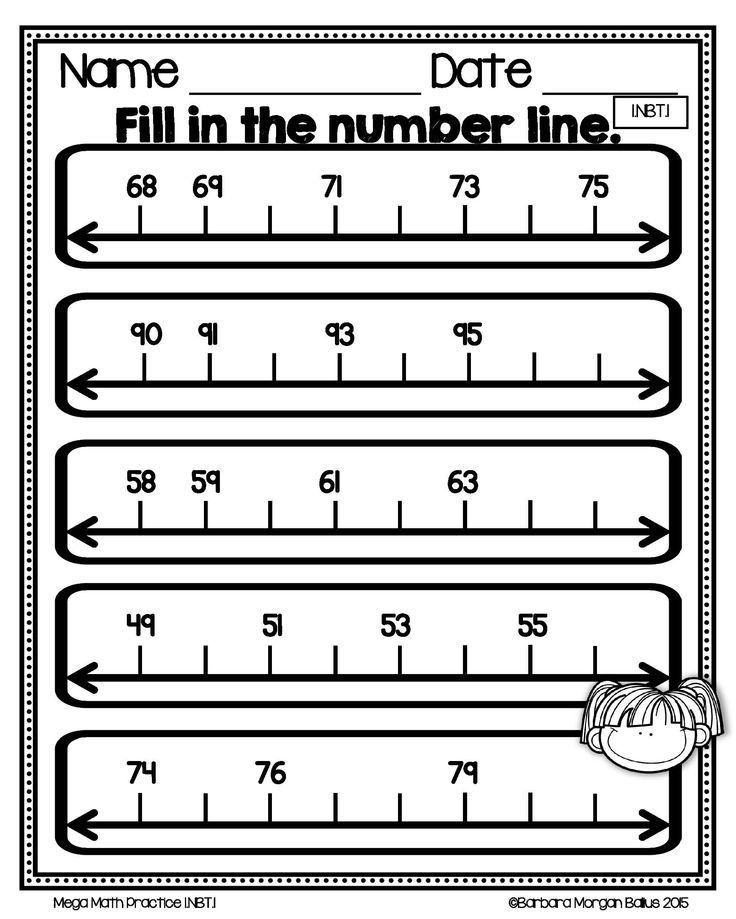 Distinctive features of rooms in first-class hotels: high quality finishes, stylish interiors, large area, beautiful view from the window, the availability of necessary equipment, comfortable furniture of modern design, good plumbing in the bathroom, and often there is not only a bath, but also a shower cabin. Cleaning and change of bed linen and towels is carried out daily, all necessary hygiene products and bathrobes are provided by the complex. nine0003
Distinctive features of rooms in first-class hotels: high quality finishes, stylish interiors, large area, beautiful view from the window, the availability of necessary equipment, comfortable furniture of modern design, good plumbing in the bathroom, and often there is not only a bath, but also a shower cabin. Cleaning and change of bed linen and towels is carried out daily, all necessary hygiene products and bathrobes are provided by the complex. nine0003
Apartment hotels
These are hotels whose guests do not live in ordinary rooms, but in apartments, the conditions in which are close to home. They have several rooms, a kitchen with household appliances, a stove for cooking and dishes, a pantry for storing things. The apartments have a living room with upholstered furniture, a bedroom. Such rooms are convenient for family vacations or for people who travel to a foreign city on a long business trip. Despite the fact that a person lives “almost in an apartment”, cleaning is carried out by staff.